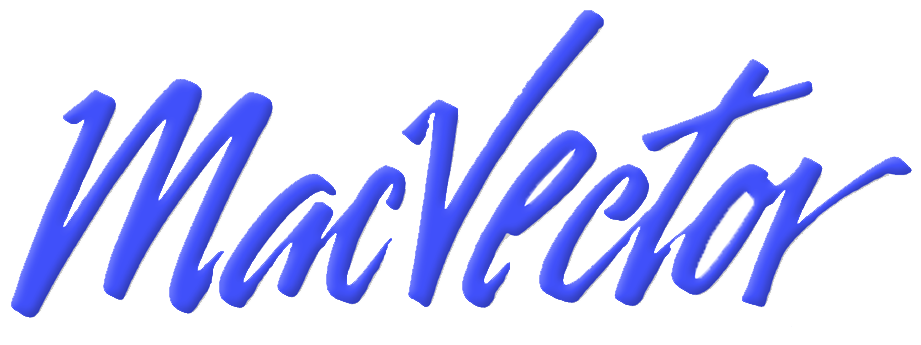Category: Tips
-
Clearing the “find” history in the Primer and Find dialogs.
Many tools in MacVector store a history of sequences, or search terms, that you have previously used. For example the Find dialog and Primer Design tools. This is accessed using a drop down menu to the right of the box where you would normally type, or paste, your sequence. This is to allow easy access…
-
Simulated Agarose Gels
MacVector 14.5 has a Agarose Gel interface which allows you to view photo-realistic recreations of restriction digests of linear and circular DNA molecules. The gels look so realistic that users have had a hard time telling photos of their own digests from the simulation in MacVector. When you first use the new tool and compare…
-
Cloning Clipboard: A few tips on working with digested fragments
The Cloning Clipboard is an easy, and flexible, way to design and document your cloning strategies. Recently we discussed how every ligation in a cloning procedure is documented and stored in a sequence, so you always know how a construct was made. If you need to manipulate a fragment as a sequence, before ligating it,…
-
How Assembler uses quality scores to create assemblies
A common problem with all types of sequence assembly is distinguishing between sequencing errors and true genomic variations. Quality scores are one way to help the algorithm identify if a variation is of high quality and therefore likely to be a SNP or a sequencing error. For Assembler trace files can be basecalled with Phred,…
-
Visualising ORF analysis results in the MAP tab.
The Map tab of MacVector is a powerful way to visualise and interact with your sequences. All analysis tools will work directly in the Map tab. You can design primers, ligate and digest fragments from the Cloning Clipboard, visualise translated CDS regions and much more. In fact one of the only tasks, you will need…
-
Cloning Clipboard: Documenting the history of a construct
Designing and documenting cloning strategies is easy with the Cloning Clipboard. You can perform quite complex ligations by simply dragging compatible ends together. Not only that but every step is documented and recorded in the resulting sequence, so you always know where each fragment came from. Ligating a single fragment into a vector is as…
-
Using the Primer Database to store your lab’s collection of primers
MacVector now directly supports storing primers within a primer database. The Primer Database tool allows you to save and retrieve primers from subsequence files within Primer3 and Quicktest Primer. You can easily create your own primer database, use existing files or import primers from Excel. Many users use subsequence files to store primers, and in…
-
Editing the appearance of individual sequences maps
Although we think that the default appearance of sequence maps in MacVector is very pretty, sometimes the defaults are not to everybody’s taste! If you think this way, then changing how maps look is very easy. Rather than edit the appearance of all of your sequences it is far better to modify the default symbol…
-
Smart Folders and MacVector
OS X’s Finder has many features for quickly finding and working with your files. Spotlight Search is one such tool that most Mac users are familiar with. However, Smart Folders is a tool that is very useful but often overlooked. Smart Folders allow you to create a dynamic folder whose contents are derived from a…
-
How to quickly design primers to amplify a feature on your sequence
To design a pair of primers to amplify a single feature is pretty quick with MacVector. Select a feature in the MAP tab Run Primer Design (Primer3) Ensure the dropdown menu is set to AMPLIFY FEATURE Click OK Check the summary shows that primers have been found and select the spreadsheet and graphical view Click…
